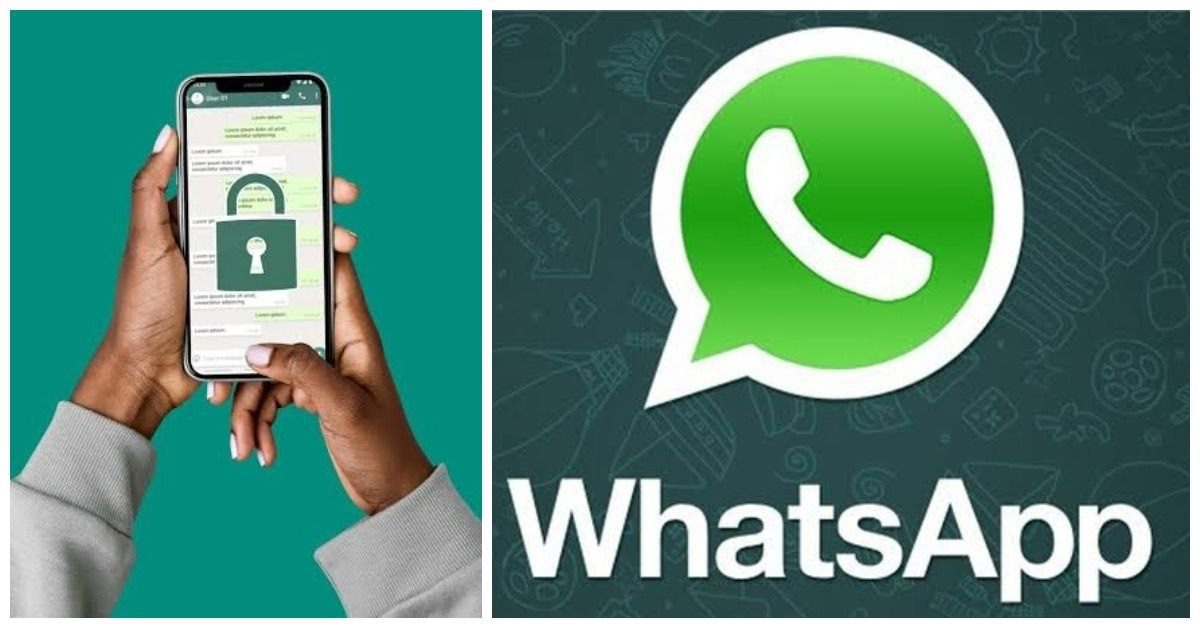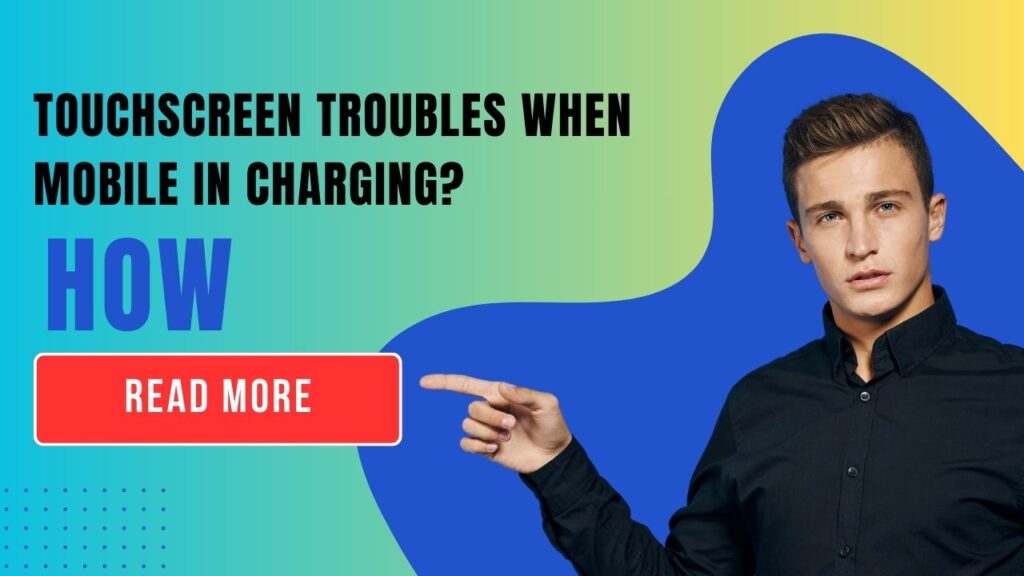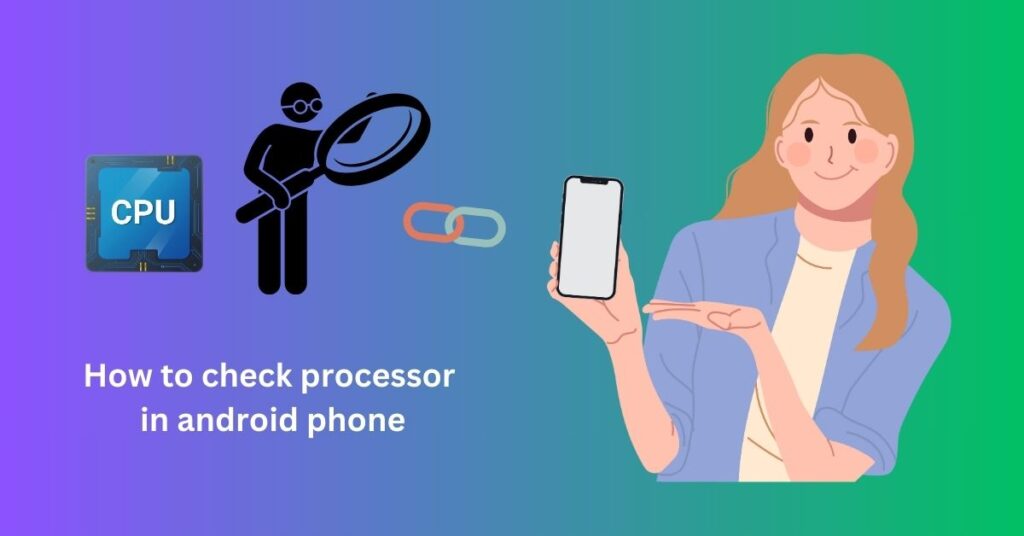Sharing Private Photos on WhatsApp: What You Need to Know

The days of sending pictures via e-mail have well and truly ended with people choosing WhatsApp to share the pictures. However, whenever privacy is in the discussion, the safety of the WhatsApp service is under incredible doubt. Let us deal with the app’s security features and analyze the vulnerabilities so that you get what you deserve before you finally send for money.
Is WhatsApp safe for sending private photos?
Consider WhatsApp encryption like a beautiful, high-security padlock for your messages and photos. While both you and the recipient have the key, no strangers, including WhatsApp itself, can get access to the information. This is quite a feature if you want to keep things private between you and your snaps.
But hold on…
It is just like every lock that is not correct. Now we are going in depth, our topic is: Is WhatsApp safe for sending private photos?
- Once delivered, it’s out there. Thus, once the photo has been received by your friend on his or her phone, the encryption ceases to exist. They can either save it, share it, or even take a stealthy screenshot. As such, be selective with your receivers!
- Cloud Backup Blues: Similarly, an Android phone will also let you back up your WhatsApp data, which includes your pictures. But guess what? Those backups are not encrypted. To avoid this situation, it can be either disabled for sensitive data or you can use encrypted cloud storage.
- Lost Phone Panic: A scenario where you or your friend accidentally lose their phone or it gets stolen could easily make your private pictures public. Please make sure you both have good passwords and two-factor authentication turned on.
- Oops, I shared with the wrong person! We’ve all experienced this. Be careful to always check the name once more before sending anything personal!
WhatsApp Sharing Savvy Tips:
- Think Before You Snap: You know that picture is not for WhatsApp, right? Reflect on the fact that it’s very personal and you’re sending it to someone.
- Poof! It’s Gone: For the photos you want the receiver to view only once, utilize the “View Once” option. It resembles a magic show, as it vanishes as soon as they open it.
- Screenshot Blocker: Some Android phones enable screenshots that are blocked in individual chats. Is your phone blessed with this mighty talent?
- Password Power: If you need to backup to the cloud, ensure it’s secure with a strong password and encryption. Don’t let your secrets be kidnapped either!
- Talk It Out: Discuss with your friends concerning online protection and how both of you want to manage the pictures you share. Communication is key!
The Encryption Shield:
WhatsApp possesses an end-to-end encryption robust feature encryption that scrambles messages and images into judgmentless characters using complex mathematics. This uniqueness holds until you and the receiver of your message unlock it, is WhatsApp safe for sending private photos meaning no third-party entities including WhatsApp pose a danger? This message buffering layer provides your cherished photos with a thick protection belt.

Related article
How to Know If Someone Blocked You on WhatsApp?
How to Get a Proxy for WhatsApp | Mastery
How to Know If Someone Blocked You on WhatsApp?
how to block someone in WhatsApp | Easy Steps
Is WhatsApp UPI Safe for Your Financial Transactions?
Beyond Encryption: Determine the gaps, identify the problems, and proffer solutions.
Although encryption is a powerful means, it is not an infallible solution to security matters. Here are some potential risks to consider: Here are some potential risks to consider:
- Once Delivered, Less Control: By exiting the device of the recipient to the decrypted space, the photo stops encrypting. It can be screen-captured, forwarded with the metadata attached or it can even be saved unencrypted on their devices. Since the individuals can share the data without the attention of our surveillance team, we can easily target them. For privacy protection, you should avoid sharing such content which is highly confidential.
- Cloud Backups: The two applications are driven by suitable cloud backup options for WhatsApp data that includes photographs. Through that, one of the most probable threats may exist which comes from the photos in the cloud that can become hackable for the unencrypted ones. Disable backups for the most important content or preferably submit it to an encrypted cloud storage type.
- Lost or Stolen Devices: The pictures may get into the wrong hands in case your phone or the recipient gets lost or stolen. Overall, online security and privacy should be implemented carefully to ensure confidentiality and peace of mind for all. Boost the security of the device features by chasing down things like biometric ID verification and two-factor login processes.
- Human Error: Tapping the wrong conversation or trying to send the message to the wrong recipient can take place.Double-check recipients before sending!
Tips for Secure Sharing:
we can do something to keep in mind so we are out of danger.
- Think Before You Share: Consider whether the image is appropriate and for whom you are sending it. Is this photo worth sharing on WhatsApp?
- Temporary Photos: Apply the “View once” function to photos that only need to be viewed once and then will be gone.
- Disable Screenshotting: Some Android devices have a feature that allows putting off screenshotting for specific chats in WhatsApp. If it is available, you can opt for this alternative.
- Password Protect Backups: If in case of cloud backups, do not forget to password-protect and encrypt them.
- Communicate with Recipients: Discuss privacy expectations and accountability of the photos you share.
Pros (making it safer):
- End-to-end encryption: Thus, it implies that you and neither photo recipient hold any bodies who could spy on you. They are exactly meant to get jumbled while traveling and thus it is only you who can decrypt the messages i.e. not WhatsApp.
- Additional security features: You can manage whether your profile picture, seen online, and posting status is visible to anyone. In addition, you will be able to define when the messages will be gone and impose a blocking of the screenshot feature for the disappearing messages.
Cons (potential risks):
- Once sent, you lose control: Of course, once a pic is sent, you cannot have full control over who in the address slots re-shares it letting no one including unauthorized individuals access it. They could snap it or Elton John, and send it down to someone else.
- User behavior: When sending out sensitive pictures or videos to someone you implicitly don’t give your full combination or you are unsure of, the risk is always there which depends on the security features.
- Device security: One bad thing about sending photos via messaging apps is that if by chance the app installed on either your or the person at the receiving end’s device is stolen or affected by malware, then the images could be accessed.
- Backups: In case, you or the recipient had the automatic backup turned on last time, your pictures will not be in the cloud.
the important thing is you must update your Whatsapp application every day it makes you more secure.
Conclusion:
The end-to-end encryption provided by WhatsApp ensures a comprehensive security cover for the transmission of private pictures. But, do not forget a platform is not a panacea. By knowing about the possible threat and taking the necessary precautions, you can make a wise decision about what to share and how to protect your privacy on WhatsApp.
The question is, is WhatsApp safe for sending private photos now we can say WhatsApp has full-proof security but we need careful about, what we share, whose to share, and whose receives so we are safe.
Eventually, the most reliable way to ensure the privacy of your photos is to consider what you share and pick the people you know. Recall, that when something is online, it’s very hard to restrain its diffusion completely.






